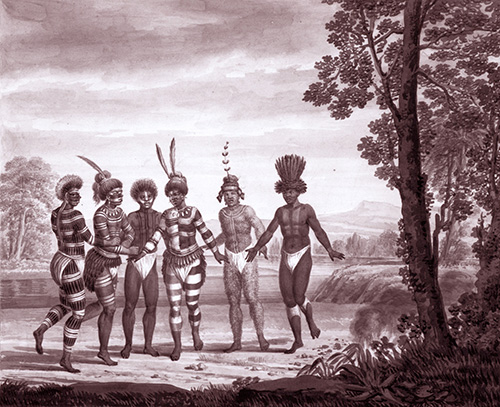Native American Medicine – A Disappearing Science
A New Spotlight on Native Americans’ Forced Conversion to Christianity August 2022

The recent visit of the Pope to Canada and the apologies that were made for the forced conversion of the Indigenous people to Christianity and the accompanying loss of their lives, religion, language, socio-cultural complexity, and traditions have refocused the spotlight on the way the Native American tribes were attacked and almost destroyed when America was a young country.
What Really Happened and Why
Like much of history, there are conflicting records and accounts of how the Native Americans were treated by colonial powers and their competing religious institutionsand why. Colonial powers were indeed at fault, as they sought to expand their empires, and their prejudices and religious bigotry of the time, which still has its echoes today, created an atmosphere which lent itself to the belief that the original inhabitants of the “New World” were heathen savages. The Crusades of the 12thcentury laid the foundation for the belief that it was the duty of the “civilized” Europeans to take control of the lands that were “holy” to Christianity. The fact that they were also considered holy by Muslims and Jewswas of no consequence. Size and might were right, and since history is written by the victors, the legends of the noble crusades, the Knights Templars, King Richard the Lion heart, and the participating kingdoms and papacy, all became part of the justification that it was the duty of Christianity to convert those of other beliefs to the only “true” faith. And history records that the descendant European powers of the Crusaders that might was justified andright.
When the Settlers Came...
When the Pilgrim and Puritan European settlers first arrived in what was to be the United States of America between 1620 and 1640, they were a tight close-knit communities, unsure of what awaited them in the New World, and how they should interact with the “natives”. These settlers, by virtue of the skills they brought with them, and the hard work they put in, were able to survive with the help of the local tribes. The history of the early interaction between the settlers and Native Americans is not well documented. The story of Thanksgiving when both sides sat together to enjoy the rich harvests from the land was taken as gospel for many years, but the veracity of the legend is now being questioned.
As the numbers of the colonizers grew, they began to expand over the land. This brought about contact with other interior Tribes who, while they had established confederacies and trading networks amongst themselves, had evolved into many distinct social and cultural nations, each living independently within their respective homelands. Although these tribes had at times fought each other over the years, these battles were over stolen horses and property, death of a warrior, or for incursions into their homelands and food resources. There is no evidence of tribes warring over religious beliefs.
The settlers wanted more land, but along with this, they wanted it to be “Christian” land where there was no space for “heathen” beliefs. That meant either isolating the Natives onto reservations where they could be sequestered away from “civilized” society or converting them to make them part of the “civilization.” The fact that Native societies with religious systems that had been in existence for thousands of years (evenbefore the advent of Christianity) was being destroyed was of viewed with contempt and sacrilegious by the settlers who determined that it was their duty to civilize the natives, for their own good. The fact that the converts were never more than wards of the government, was of no importance – for the settlers, it was still better than the “heathen” state the natives had been in earlier.
And so, the stage was set for the rampant religious and ideological transformation of the Native American Tribes, involving forced conversions and the tearing apart of families so that the children could be taught to think and behavelike the settlersby sending them to Indian Boarding Schools.
Native Americans today are fighting back, not against any religion, but against the loss of their culture and society. Many of the tribes, while being partially integrated into the America cultureof today, are working towards empowering Native Americans to revitalize their languages and traditions and reinvigorate the society they almost completely lost into the modern world they now live in.